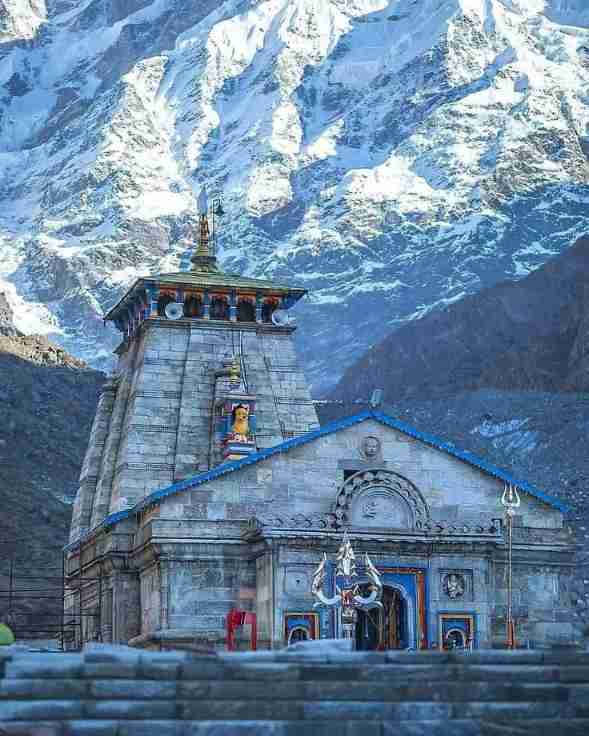Nestled in the snow-capped peaks of the Garhwal Himalayas, Kedarnath Temple stands as a beacon of spirituality, resilience, and ancient history. Revered as one of the twelve Jyotirlingas of Lord Shiva, this temple is not just a place of worship but a symbol of the enduring faith of millions. With its unique location, fascinating legends, and architectural grandeur, Kedarnath continues to captivate pilgrims and adventurers alike.
A Glimpse into History and Mythology
Kedarnath Temple’s origins are steeped in mythology and mystery. According to Hindu legends, after the great battle of Kurukshetra, the Pandavas sought Lord Shiva’s blessings to absolve their sins. Shiva, evading them, took the form of a bull and submerged himself in the ground at Kedarnath. It is believed that the hump of the bull remained visible here, and thus the temple was built to honor this divine manifestation.
The current temple is believed to have been established by Adi Shankaracharya in the 8th century AD, though the site itself has been a place of worship for thousands of years. Constructed from massive stone slabs and set against the backdrop of majestic mountains, the temple’s architecture reflects an extraordinary blend of simplicity and strength.
The Sacred Pilgrimage
Kedarnath forms an essential part of the Char Dham Yatra of Uttarakhand, alongside Badrinath, Gangotri, and Yamunotri. Reaching the temple is an adventure in itself. Pilgrims often trek 16 kilometers from Gaurikund, a journey that tests physical endurance but rewards with breathtaking views and spiritual fulfillment.
For those unable to trek, helicopter services provide an alternative, offering stunning aerial views of the lush valleys and towering peaks. The journey to Kedarnath, regardless of the mode of transport, is considered an act of devotion and penance.
Architectural Marvel Amidst Nature’s Majesty
Kedarnath Temple’s architecture is a testament to the skill and devotion of ancient Indian artisans. Built from large, grey stone slabs, the temple stands resilient against the harsh climatic conditions of the region. The sanctum houses the conical Shiva lingam, unique among all Jyotirlingas.
The temple complex also features a Nandi bull statue and smaller shrines dedicated to various deities. The backdrop of the Mandakini River and the snow-covered peaks creates a serene and awe-inspiring atmosphere.
Surviving the Test of Time and Nature
In 2013, Kedarnath witnessed one of the worst natural disasters in India’s history — a devastating flood caused by heavy rainfall and a glacial burst. Despite the destruction around it, the temple miraculously withstood the disaster with minimal damage. This event only strengthened the faith of devotees, who saw the survival of the temple as a divine intervention.
Post the calamity, extensive restoration and safety measures have been implemented to preserve this sacred site. Today, Kedarnath stands not just as a spiritual destination but also as a symbol of hope and resilience.
Best Time to Visit and Travel Tips
Kedarnath Temple remains open only from late April or early May to November due to extreme weather conditions. The best time to visit is between May and June or September and October when the weather is relatively mild and the routes are accessible.
Visitors are advised to prepare for the high-altitude conditions by carrying warm clothing, sturdy trekking gear, and necessary medications. Booking travel and accommodation in advance is recommended, especially during peak pilgrimage seasons.
Conclusion: An Experience Beyond Words
A journey to Kedarnath Temple is more than just a pilgrimage — it is a spiritual adventure that combines faith, history, and the unparalleled beauty of nature. Whether you seek divine blessings, cultural insights, or the thrill of the mountains, Kedarnath offers an experience that stays etched in your heart forever.
As you stand before the ancient stone structure, with the echoes of hymns and the crisp mountain air around you, there is an overwhelming sense of peace and connection. Kedarnath is not just a destination; it is a voyage of the soul.
